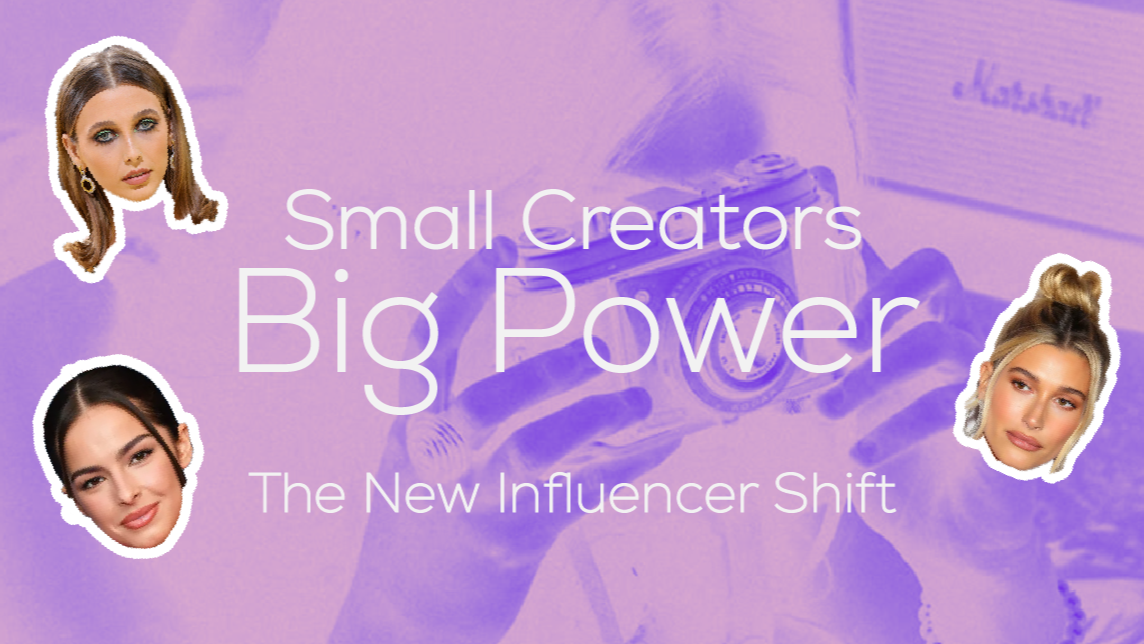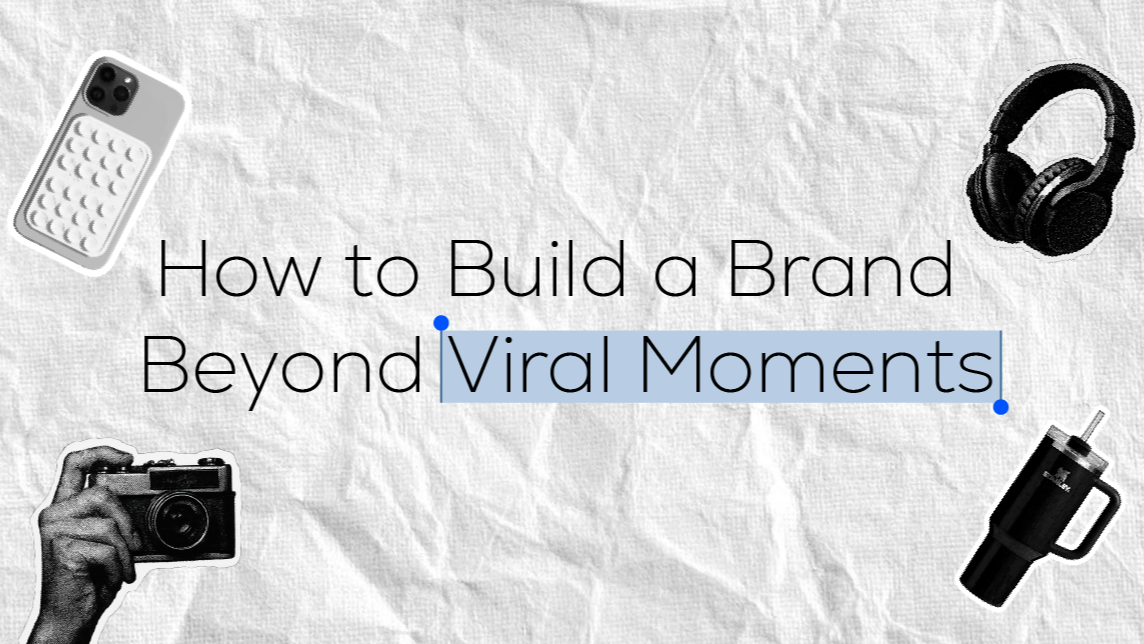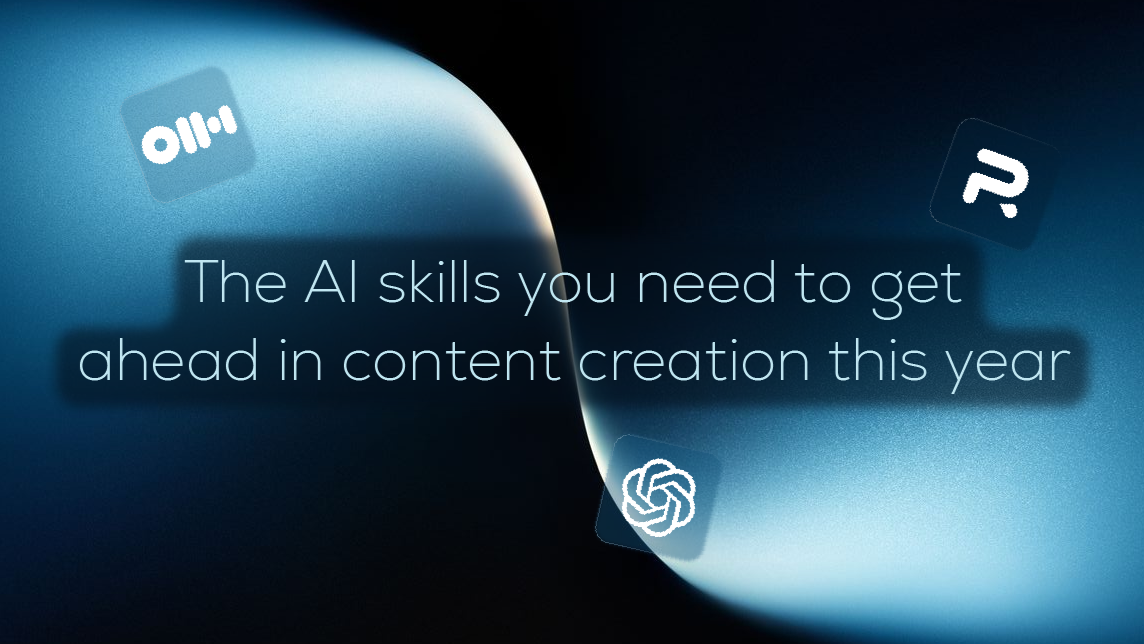As the influencer marketing industry continues to evolve, a new wave of virtual influencers is capturing the spotlight, presenting brands with innovative ways to engage with audiences. Virtual influencers are computer-generated characters, often designed to have human-like personalities and stories that resonate with online communities.
These digital personas, such as the famous Lil Miquela, are being used by high-end brands like Dior and BMW to tap into Gen Z and Millennial markets.

What sets them apart from traditional influencers is their ability to be controlled and molded to fit brand narratives perfectly without the unpredictability that comes with human influencers.Virtual influencers offer several advantages.
They don’t age, they can always be in the perfect location, and they are available 24/7 for engagement.
Additionally, brands can completely manage their digital personalities, ensuring that their messages align exactly with campaign goals.
These influencers can become integral parts of branded storytelling, participating in highly stylized, futuristic narratives that captivate audiences in ways human influencers cannot.
The novelty and creative potential of virtual influencers also make them especially attractive to digital-first audiences who are more inclined to embrace innovation.However, despite their growing popularity, virtual influencers still face challenges when it comes to authenticity.
The human touch, empathy, and personal connection that real influencers offer are hard to replicate with digital characters. Real influencers, who share their personal experiences, values, and struggles, build strong, trust-based relationships with their followers. This authenticity is often what drives deeper engagement, as consumers are more likely to connect with a person they perceive as relatable and transparent.
The collaboration between Kahlúa and Sabrina Carpenter is a prime example of how real influencers maintain their relevance in an increasingly digital world.

Carpenter’s authenticity as a musician and public figure brought a genuine narrative to the campaign, creating a sense of connection with her followers.
Real influencers often build loyal fanbases because they’re seen as “real people” who share relatable moments and communicate directly with their audience. This makes them irreplaceable when it comes to driving conversions and fostering trust.
The future of influencer marketing likely lies in a blend of both worlds. While virtual influencers will continue to offer cost-effective, creative, and highly-controlled campaigns, human influencers will remain crucial for maintaining the authenticity that brands need to connect with their customers on a deeper level.
Brands that leverage both virtual and real influencers may find that the combination offers a powerful tool to engage diverse audiences across various channels.
Ultimately, the success of an influencer campaign will depend on understanding when to use each type of influencer to best meet the brand’s objectives.
Virtual influencers are perfect for futuristic, visually striking campaigns, while real influencers excel in building genuine relationships and driving trust.
As both virtual and real influencers continue to evolve, brands will need to stay on the cutting edge of these developments to ensure they remain relevant in an increasingly digital and interconnected world.







